| t
| After installing a replacement gearbox, check oil level and fill up with gear oil as required → Chapter. |
| t
| Thoroughly clean all joints and surrounding areas before dismantling. |
| t
| When installing gearbox ensure dowel sleeves are correctly seated. |
| O-rings, oil seals, gaskets |
| t
| Always install new O-rings, oil seals and gaskets. |
| t
| After removing gaskets and seals, always inspect the contact surface on the housing or shaft for burrs resulting from removal or for other signs of damage. |
| t
| Thoroughly clean housing joint surfaces before assembling. |
|
|
|
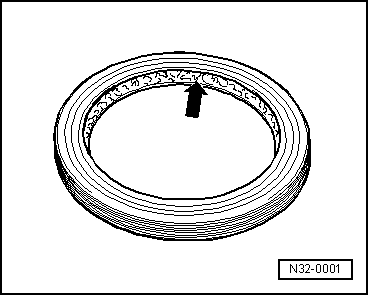
 Note
Note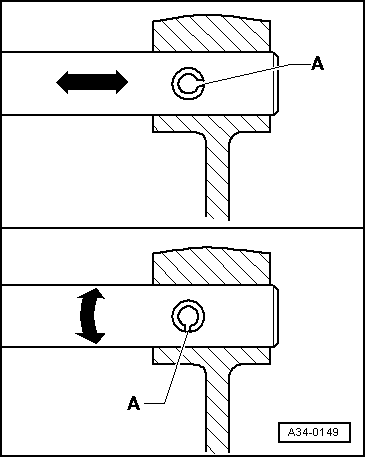
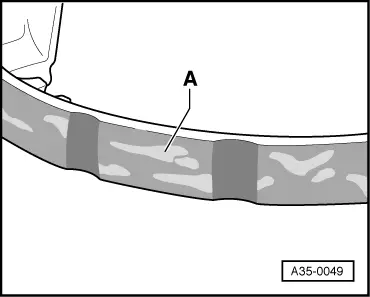
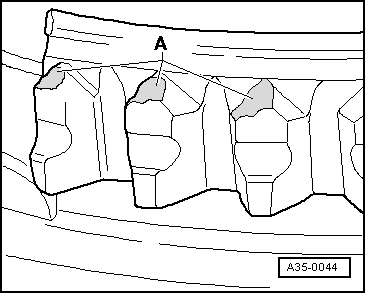
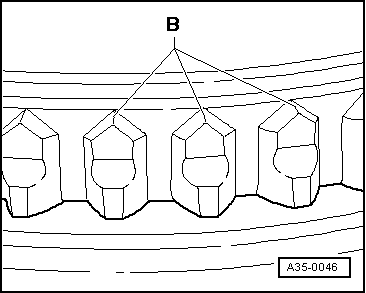
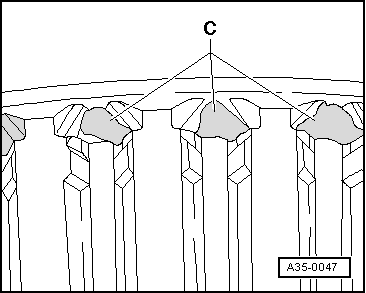
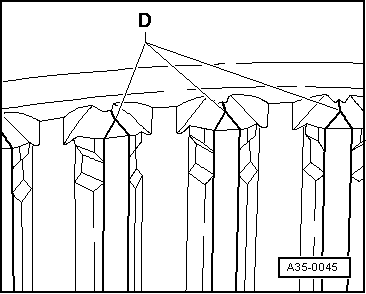

 Note
Note




